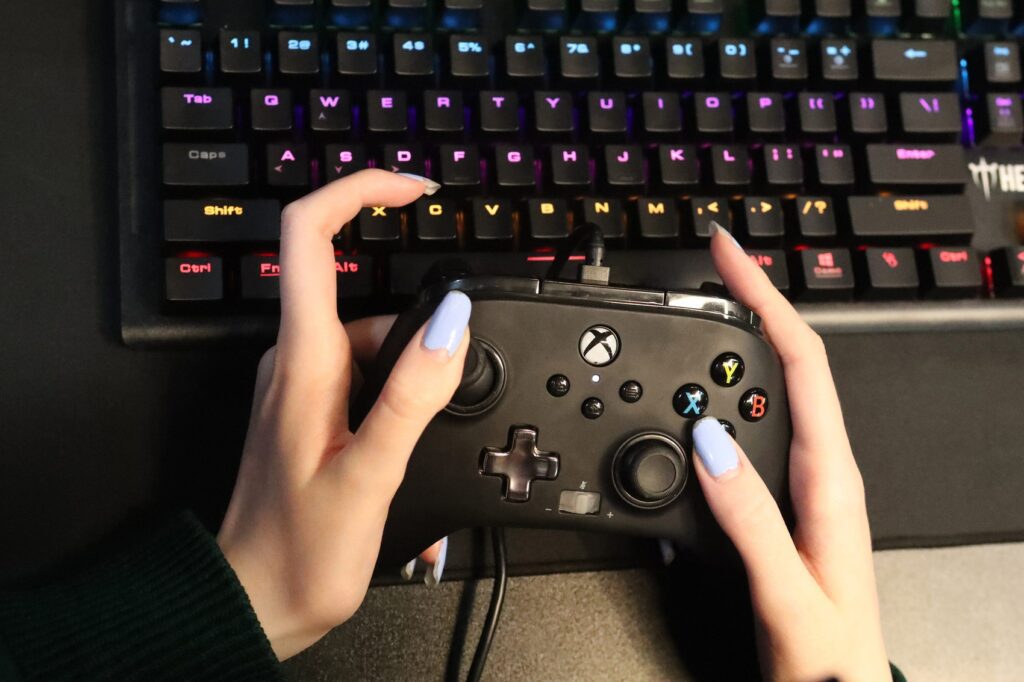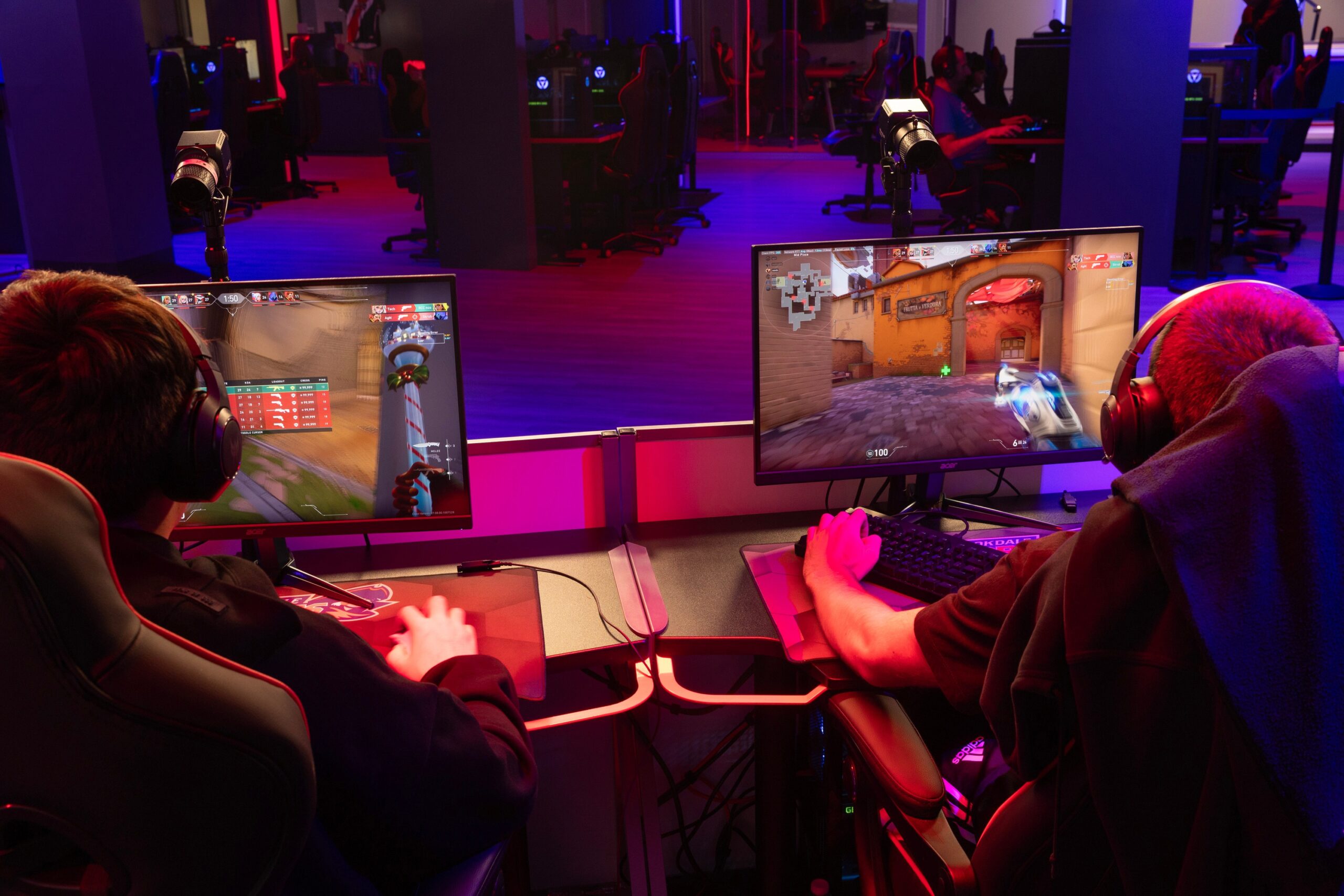Esports is more than just competition—it’s also a digital economy where virtual assets have real world value. From in-game items to exclusive content and merchandise, these virtual goods are changing how we think about money and ownership in the gaming world.
One example is the economy of Counter-Strike 2 (CS2) skins. Originally for cosmetic customization, skins have evolved into tradeable assets with their own market. Some rare skins like the AWP Dragon Lore have sold for thousands of dollars making them collectibles as well as status and an investment. Trading skins for CS2 show us a microcosm of a larger trend in gaming where digital goods have real-world monetary value.
But skins are only one part of the story. The broader esports ecosystem is built around multiple forms of virtual currency. Loot boxes, in-game currencies, exclusive drops and NFTs are becoming the way gamers and fans interact with their favorite games. Virtual currencies within games like Fortnite, League of Legends and Dota 2 allow players to buy skins, battle passes and other exclusive items, which are not just cosmetic but often tied to player progression and achievements.
In some cases, these in-game purchases bleed into esports itself. Tournaments often feature exclusive digital goods or collaborations where fans can support teams or players by buying virtual items associated with their favorite pros. This introduces a new dynamic, where supporting a team isn’t just about cheering from the sidelines, but involves spending money to get exclusive content and enhance the competitive experience.
Esports Betting: Where Currency Meets Competition
Alongside the growth of virtual currencies and assets in esports is the esports betting industry. Like traditional sports betting, fans can bet on the outcome of matches, but in esports, they can bet on more than just win/loss. With some platforms, fans can bet on specific in game moments, individual player performance or even trade in game assets like skins as part of the betting process.
For example, some betting platforms have added skin trading directly into their system where users can bet skins on the outcome of matches adding another layer of risk and reward. This combination of traditional gambling and virtual item trading has added another dimension to esports and made the industry even more interactive and financially driven.
The broader world of virtual currency in esports
CS2 skins are just one example, but not the only one. Across many games in-game currencies and items are becoming a part of how we interact with our favourite games.
In League of Legends, you can buy in-game currency to buy skins, emotes and other cosmetic items. In Fortnite, you can buy V-Bucks to buy character outfits (called “skins”), dances (called “emotes”) and other customisation options. These items may not affect gameplay but have become status symbols within the game’s community.
Beyond customisation some games tie in-game purchases to progression so you can buy battle passes or other content that offers new challenges and rewards. This adds a competitive element to the purchase as you’re incentivised to spend to unlock exclusive content before it’s gone. These time-limited exclusives often drive demand and make the market even more dynamic.
In many ways, the virtual economies of these games are like real world principles. Supply and demand plays a big part, rare items or limited time content often command the highest prices. The rise of microtransactions has also blurred the lines between gaming and business, we invest in our virtual selves just as much as we do in real world hobbies.

NFTs: The next frontier in virtual ownership
While skins and in-game currencies have already changed the esports landscape, a new type of digital asset is emerging: non-fungible tokens (NFTs). NFTs have taken the art and entertainment world by storm and are now starting to make waves in esports too.
An NFT is a unique digital token that represents ownership of a specific item or piece of content. In esports, this could be an NFT tied to a specific match, a player’s jersey or an exclusive in-game item. Because NFTs are stored on the blockchain, they provide verifiable proof of ownership, perfect for collectors and fans looking for unique digital memorabilia.
For esports teams and players, NFTs offer a new way to monetise content and connect with fans. Teams can create limited edition NFTs to commemorate special events or sell digital items tied to their brand. Players can mint their own NFTs and fans can own a piece of their favourite pro’s legacy.
The NFT market is still in its infancy in esports but the potential is huge. As blockchain becomes more integrated into gaming, NFTs could become a standard way for players and fans to interact with esports content and create new opportunities for investment and community building.
Conclusion: A New Era of Digital Currency in Esports
As esports grows, so does its digital economy. Virtual goods – from CS2 skins to in-game currency and NFTs – are now at the heart of the esports experience, giving players new ways to express themselves and connect with the wider gaming community.
What was once a hobby is now a complex market place where prestige, investment and ownership are key. Whether it’s buying a skin, betting on a match or owning an NFT tied to your favourite player, esports has created a digital economy that mirrors – and in some cases surpasses – traditional commerce. As esports continues









